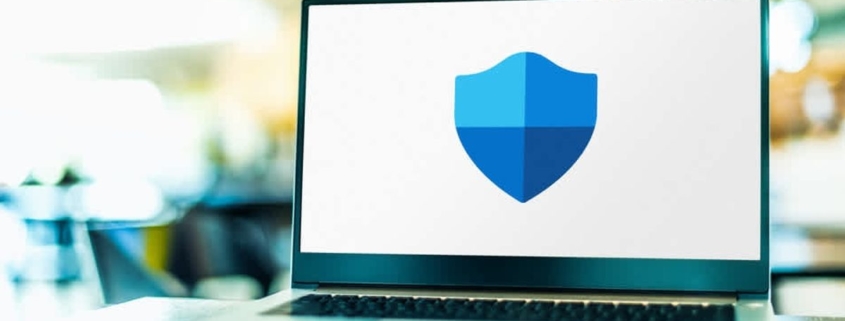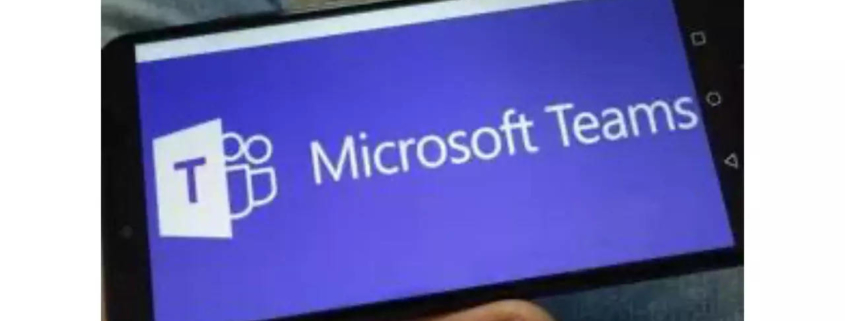North Korea and Iran using AI for hacking, Microsoft says | Hacking
US adversaries – chiefly Iran and North Korea, and to a lesser extent Russia and China – are beginning to use generative artificial intelligence to mount or organize offensive cyber operations, Microsoft said on Wednesday.
Microsoft said it detected and disrupted, in collaboration with business partner OpenAI, many threats that used or attempted to exploit AI technology they had developed.
In a blogpost, the company said the techniques were “early-stage” and neither “particularly novel or unique” but that it was important to expose them publicly as US rivals leveraging large-language models to expand their ability to breach networks and conduct influence operations.
Cybersecurity firms have long used machine-learning on defense, principally to detect anomalous behavior in networks. But criminals and offensive hackers use it as well, and the introduction of large-language models led by OpenAI’s ChatGPT upped that game of cat-and-mouse.
Microsoft has invested billions of dollars in OpenAI, and Wednesday’s announcement coincided with its release of a report noting that generative AI is expected to enhance malicious social engineering, leading to more sophisticated deepfakes and voice cloning. A threat to democracy in a year where over 50 countries will conduct elections, magnifying disinformation and already occurring,
Microsoft provided some examples. In each case it said all generative AI accounts and assets of the named groups were disabled:
The North Korean cyber-espionage group known as Kimsuky has used the models to research foreign thinktanks that study the country, and to generate content likely to be used in spear-phishing hacking campaigns.
Iran’s Revolutionary Guard has used large-language models to assist in social engineering, in troubleshooting software errors and even in studying how intruders might evade detection in a compromised network. That includes generating phishing emails “including one pretending to come from an international development agency and another attempting to lure prominent feminists to an attacker-built website on feminism”. The AI helps accelerate and boost the email production.
The Russian GRU military intelligence unit known…



